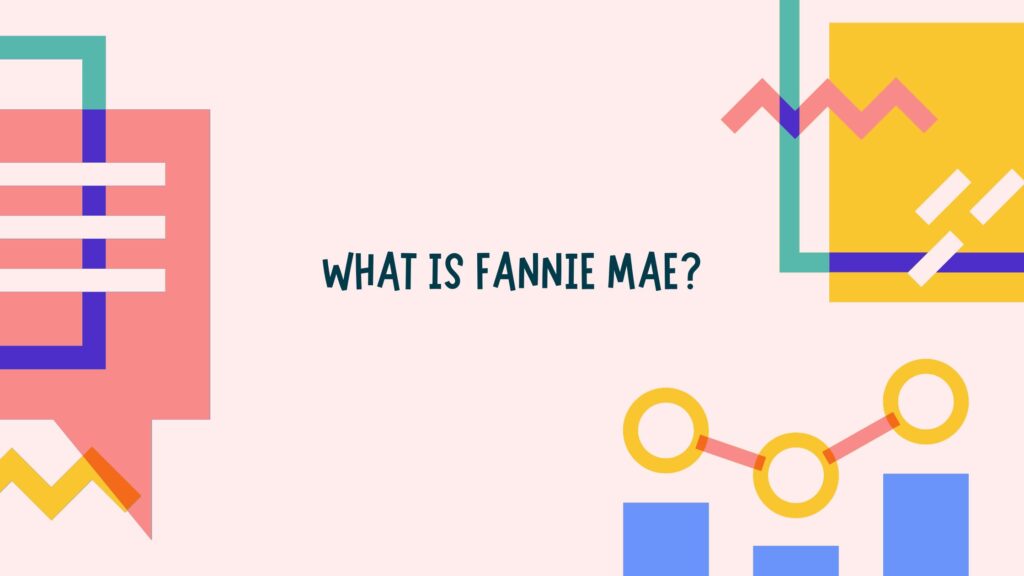Last week we talked about lenders and the basics behind the different options you could use. This week, I want to talk about a specific lender a little bit more in-depth, in particular Fannie Mae.
Backstory: Fannie Mae originated in 1938 by the government as part of the New Deal. It was created during the Great Depression to help moderate to low-income buyers get mortgages. This program doesn’t give you a mortgage directly, but it will guarantee you a mortgage through a secondary market. In 1968, Fannie Mae began funding itself without the help from the government by selling stocks and bonds. It regained its ties to the government as a GSE and now has a board of directors. It is also exempt from local and state taxes.
So, how does Fannie Mae work? Well, they create liquidity. When they create liquidity, it enables them to be able to allow banks, thrifts and credit unions to underwrite or fund more mortgages. After they purchase their mortgage’s on the secondary market, they pool them in the mortgage-backed securities (MBS) form. An MBS is just asset-backed securities secured by a mortgage or pool of mortgages. Fannie Mae is able to have their MBS’s purchased by insurance companies, pension funds, and investment banks—which guarantees payments of principals and interests. They also have their own portfolio that they invest into their MBS’s along with others from other institutions. In 2008, when the housing market burst, Fannie Mae was bailed out and taken back over by the government via a conservatorship.
Now Fannie Mae offers a number of different credit options for their borrowers. They still focus on working with lenders to help borrowers that would normally have difficulties with otherwise getting financing.
- HomeReady Mortgage: This product allows homeowners to secure financing and purchase a home with a low down payment. Borrowers qualify if they have low to moderate-income and a credit score below 620. People with scores above 620 get better pricing.
- 3% Down Payment: Another resource for homeowners who may not have access to enough funds to secure a large down payment.
- HFA Preferred: This program helps homeowners access affordable financing through local and state Housing Finance Agencies (HFA) and other lenders. Income levels for borrowers are determined by the HFA, and there are no first-time buyer requirements.
- RefiNow: Fannie Mae offers low-income mortgage holders a new refinance option through their “RefiNow” program. The program requires a reduction in the homeowner’s interest rate by a minimum of 50 basis points and a savings of at least $50 in the homeowner’s monthly mortgage payment. In order to be eligible, homeowners must be earning at or below 80% of their area median income (AMI).
They also offer loan modifications. This means that they can change the conditions of an already existing mortgage so that borrowers don’t default on their mortgages, which could cause them to go into foreclosure or losing their home. These types of modifications can be extending their term of the loan or lowering the interest rate—this can lower monthly payments.

